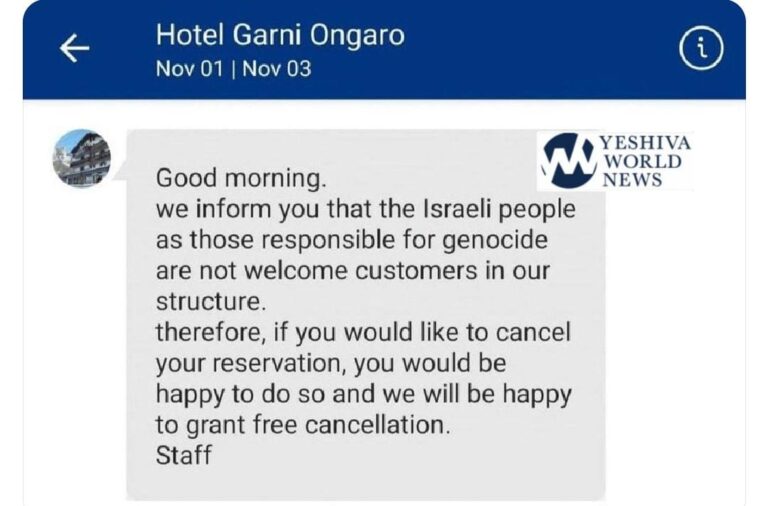 As foreclosure casualties mount, the Obama administration is expected to announce additional steps on Monday to get long-term help for troubled borrowers.
As foreclosure casualties mount, the Obama administration is expected to announce additional steps on Monday to get long-term help for troubled borrowers.
Under the new initiative, the government will provide more resources for borrowers and will partner with organizations to offer homeowners assistance, a Treasury Department spokeswoman said. The plan also calls for increased transparency and accountability on the part of loan servicers.
The administration’s move is its latest attempt to jumpstart its $75 billion loan modification plan, which many fear will fall far short of its goal to help up to 4 million delinquent homeowners.
While some 650,000 people have had their mortgage payments temporarily adjusted, only a fraction have received permanent modifications. More comprehensive data should be released soon, but preliminary figures show the extent of the problem.
For example, fewer than 5% of the trial adjustments on loans owned or guaranteed by Freddie Mac were converted to permanent modifications as of Sept. 30, according to the mortgage finance giant.
Looking more broadly, the figures are even lower. As of Sept. 1, only 1.26% of all trial adjustments were made permanent after three months, reported the Congressional Oversight Panel, which monitors the government’s use of bailout funds.
Meanwhile, more and more people are falling into foreclosure. The combined percentage of loans in foreclosure or at least one payment past due was 14.4% in the third-quarter, according to the Mortgage Bankers Association. That’s the highest the group has ever recorded.
The struggle to score more permanent modifications highlights the depth of the foreclosure problem: Officials are leaning on banks to offer more homeowners trial relief, but the real test will be whether homeowners will receive lasting help.
“No one is really sure why the conversion rate is so low,” said Mike Zoller, assistant economist at Moody’s Economy.com. “We’re concerned these loans will eventually become foreclosures.”
The problems mount:
Under the president’s plan, delinquent borrowers are put into trial modifications for several months to make sure they can handle the new payments and to give them time to submit their financial paperwork.
Borrowers that qualify for a long-term modifications can keep making the lower payments for five years. At that point, the interest rate will be set at the rate at the time of the adjustment, or about 5% today.
Loan servicers, however, say they are having trouble getting the necessary documents from borrowers, while homeowners maintain that their financial institutions are repeatedly losing the paperwork.
And once homeowners send in their forms, servicers may find these borrowers don’t have enough income or have too much equity or savings to qualify. Or it may just be more profitable for the bank to foreclose on the home than modify the mortgage.
While the foreclosure rate has eased a bit recently, some experts fear foreclosures will start rising again unless more people receive permanent assistance.
To be sure, the initiative is still in a relatively early stage. The number of trial modifications did not really start ramping up until the fall, after administration officials pushed servicers to get more people into the program.
More recently the administration and servicers have lessened the documentation requirements and even hired firms to go door-to-door to assist borrowers with collecting the necessary paperwork.
Critics, however, say these measures are not enough. The main problem is that the Obama plan does not address the key factor behind the rising foreclosure rate, which is soaring unemployment. The loan modification plan is not designed to help people with little or no income.
Who is getting help?
Announced in February and launched in April, the foreclosure prevention program seeks to put troubled homeowners into mortgages where the monthly payments are no more than 31% of the borrowers’ pre-tax income.
Some 650,000 people have been placed in trial modifications, which were originally intended to last three months but recently lengthened to five. To get into the trial period, homeowners only need to meet some basic criteria, including owing less than $729,750 on their mortgage and having monthly payments above 31% of their pre-tax income.
During the trial period, borrowers must send in the documentation needed to verify their income and expenses, including tax returns, pay stubs and bank statements. Homeowners must also be timely with their trial payments to receive long-term adjustments.
At JPMorgan Chase (JPM, Fortune 500), about 92,500 borrowers, or just over half of those in the president’s loan modification program, have made more than three payments. But only 26% of those have also submitted all of the required documents.
“We’re not sure why we’re not getting the documents from people,” said Chase Spokesman Tom Kelly, who declined to say how many permanent modifications the bank has completed.
Citigroup (C, Fortune 500), meanwhile, has converted about 1,800 borrowers into permanent modifications, said Sanjiv Das, head of CitiMortgage. The servicer has about 89,000 in trial modifications.
Citi, too, is having trouble with the documents. Often, borrowers send in paperwork that is not complete or has errors, Das said.
But Treasury’s recent relaxation of the rules has allowed Citi to ramp up its efforts. In particular, servicers are now able to accept electronic signatures on tax documents instead of having to secure signed forms. As a result, the number of Citi borrowers whose files are complete has soared to 11,000, from 3,500 only three weeks ago.
“It will go up substantially” said Das, who expects Citi to place between 5,000 and 6,000 borrowers in permanent modifications by year’s end.
A growing number of servicers are hiring companies to knock on borrowers’ doors in hopes of getting the required income and tax statements.
“This will give [borrowers] someone they can talk to who is reliable and knowledgeable so they can turn that trial period into a permanent modification,” said Brad German, a spokesman for Freddie Mac (FRE, Fortune 500), which in late September hired a firm to work with servicers to gather the needed documents from homeowners.
Many servicers, including Citi and Chase, are working with such firms. Others have tried other ways to entice borrowers to provide their documents.
Saxon Mortgage Services, which leads the pack with 44% of its eligible delinquent borrowers in trial modifications, has offered homeowners in California and Florida $25 gift cards to come to company-sponsored foreclosure prevention events with paperwork in hand.
Only about 15% of the borrowers took Saxon up on its offer, a spokesman said.
(Source: CNN Money)











2 Responses
At the end of the day, the modification plan companies who are not suprisingly the very same mortgage companies that put homeowners in their current situation by promising the world, will make out like bandits. Who do you think is going to be left holding the bag?
#1, but at the beginning of the day, all of us are going to try to see if we can benefit.